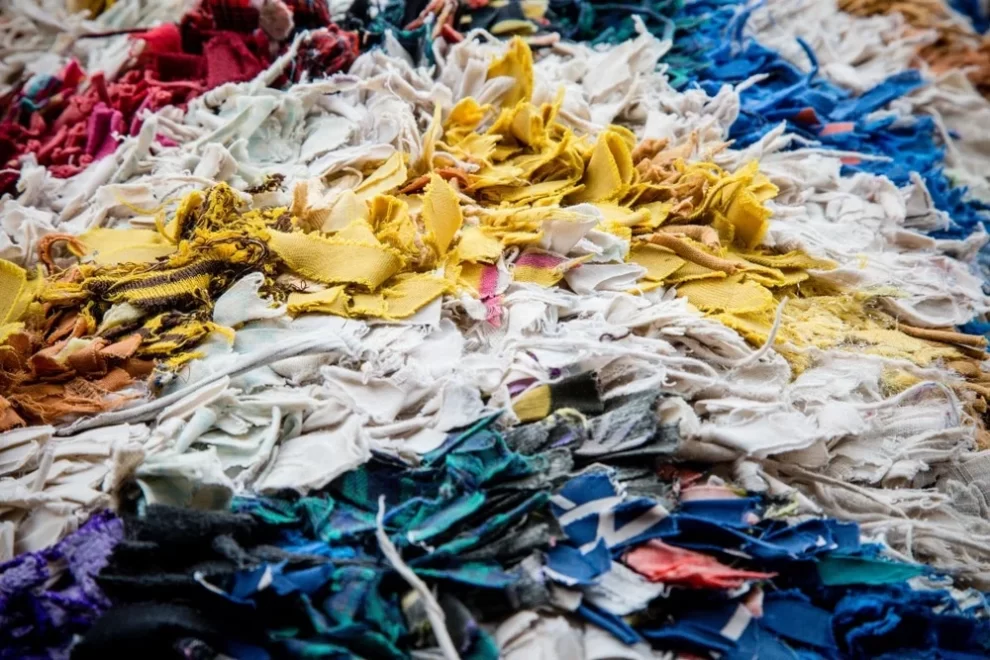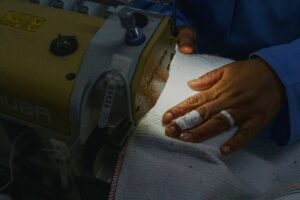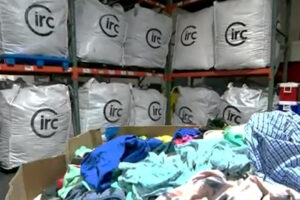There are multiple ways to address the waste problem, including the reduction of overproduction and overconsumption, the extension of product lifetime, and designing products for increased circularity. One of the most sustainable and scalable levers available is fiber-to-fiber recycling—turning textile waste into new fibers that are then used to create new clothes or other textile products. This space is characterized by fast-paced innovation and a race toward scale. Some technologies, like mechanical recycling of pure cotton, are already established. Other technologies, like chemical recycling of polyester, have been subject to intense R&D and are on the brink of commercialization. Once fully mature, our estimates indicate that 70 percent of textile waste could be fiber-to-fiber recycled. The remaining 30 percent would require open-loop recycling or other solutions like producing syngas through thermo-chemical recycling. However, today less than 1 percent of textile waste is fiber-to-fiber recycled due to several barriers to scale that need to be overcome.
Collection, sorting, and preprocessing limit the amount of textile waste made available to fiber-to-fiber recycling. Collection rates are currently 30 to 35 percent on average, and a large share of the unsorted gross waste is exported outside Europe. Furthermore, most fiber-to-fiber recycling technologies have strict input requirements for fiber composition and purity—for example, elastane is problematic for several of these technologies. Consequently, textile waste needs to be scanned and sorted according to the relevant input requirements. As another example, jeans must have their zippers and buttons removed—a problem that needs to be solved by preprocessing. Advanced, accurate, and automated fiber sorting and preprocessing are not yet developed. Finally, to reach their full potential, the fiber-to-fiber recycling technologies must further expand their ability to handle fiber blends, lower their costs, and improve their output quality—these bottlenecks prevent the circular textile economy from scaling. Our analysis indicates that by overcoming these barriers, fiber-to-fiber recycling could reach 18 to 26 percent of gross textile waste in 2030, as illustrated in Exhibit 1.
Source: Mckinsey




























